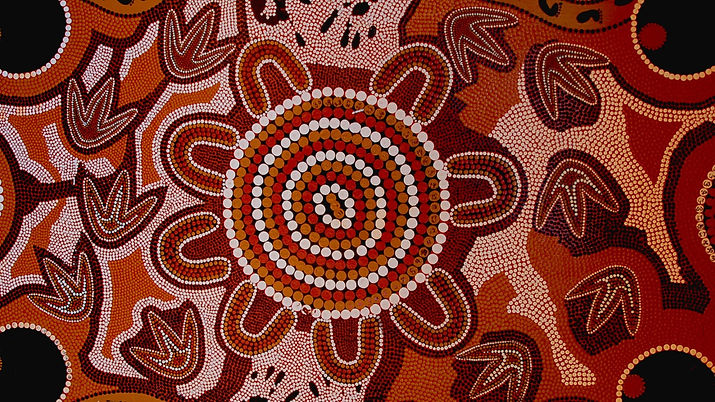

A BRIEF HISTORY OF THE WHITSUNDAYS
The rocky islands of the Whitsundays are 'continental' islands—that is, they were once part of the continent of Australia (unlike coral cays found in other parts of the Great Barrier Reef, which formed from reef shingle). The Whitsunday islands we see today were originally part of a mainland mountain range.
Over millions of years, these mountains have separated from, and then re-joined, the mainland a number of times, as ice ages have come and gone and sea levels have risen and fallen. Substantial parts of the coastal plain have been exposed and then flooded, exposed and then flooded. During the driest period, the central Queensland coastline may have been up to 200 km east of its present location.
The most recent change happened around 10,000 years ago, at the end of the last ice age. Glaciers melted, and the Coral Sea rose over the coastal plain, leaving only mountain-tops and ridges exposed as the rocky Whitsunday islands we see today.


The Whitsundays and the neighbouring coastal fringe are the traditional home of the Ngaro people, who are also known as the 'Canoe or Sea People'.
Archaeological research shows that the Ngaro inhabited the Whitsundays for at least the past 9000 years.
The Ngaro people inhabited the islands, but they weren’t the only tribe to use the islands. Some of the coastal tribes including Gia and Juipera, also used the islands for hunting and gathering.
In 1788, James Cook recorded a Ngaro expedition in an outrigger, while others describe sturdy three-piece bark canoes capable of journeys on the open sea. They travelled between the mainland and islands in specially crafted bark canoes, unique to the area.
To make the canoes, the bark was removed from the trees and laid flat, shiny side down. Leaves were laid on top and then set on fire to warm the bark so it could be shaped. It was then sewn together and sealed with sap/wax from trees.
European settlement began on the Whitsunday islands in the 1860’s, mainly in the form of camps that harvested hoop pine timber to construct buildings in nearby Bowen.
This industry operated strongly for the next 40 years, and finally petered out in the 1930’s. Also, in the 1860’s, settlers attempted to establish grazing operations on some islands, but these proved unsustainable.
Over the next 35 years, grazing leases were granted over various islands (e.g., Cid, Long, South Molle and Hamilton), but none thrived.
It was not until late in the 19th century that viable sheep-grazing businesses were established on some islands, many of which were to go on to be the more popular islands today.
Tourism began in the late 1920s, with boats taking visitors on day trips to these settled islands.
Gradually the tourist industry grew, with Lindeman Island one of the first to encourage visitors to stay overnight.
Daydream, Long, Grassy and Hayman islands also became popular, and family-run tourist resorts prospered, though many were eventually taken over by larger companies.
